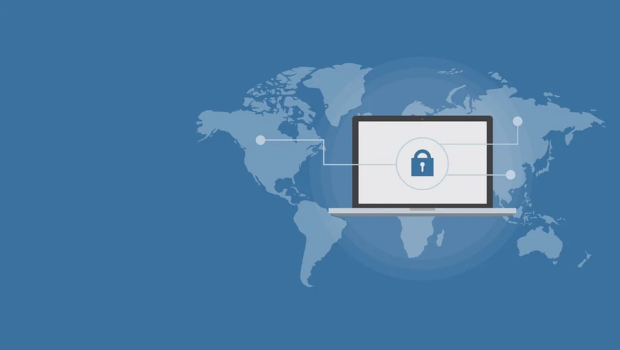The Threat Of Ransomware: What You Can Do To Protect Your Data
We’re in a new digital age where everything has moved online. From work to entertainment, our lives are underpinned by the internet. All our data is stored digitally, and companies, in particular, are dependent on data to be a successful organization. Data is used to optimize business processes and understand customers’ behavior for more targeted approaches.
And then there’s ransomware — a threat to data. Ransomware is malicious software that selects its target (usually government, institutions, and healthcare facilities), infiltrates the host, steals their data, encrypts the files, and then demands a ransom to restore access.
Ransomware attacks have increased since COVID-19, shutting down systems entirely until payment is made — usually in bitcoins to ensure perpetrators stay anonymous.
Ransomware Attacks on the Rise During COVID-19
As remote working increases during the pandemic, hackers use the opportunity to infiltrate weak security controls with COVID-19 themed ransomware attacks. These new sophisticated attacks include:
- Emails purporting to give information about vaccines, or general safety guidelines
- Malicious software that poses as contact tracing apps
- Data reporting websites
- Scams offering financial from the government help due to the economic downturn
The healthcare industry has been hit hard by ransomware threats during the pandemic. From health care providers, hospitals, laboratories, to clinics, the industry has been a prime target for cybercriminals in the U.S. and Europe in 2020. Because healthcare plays such an instrumental role in combating the virus, they are vulnerable and are more likely to pay a ransom to avoid a crisis. Lives are at stake if a hospital’s system is shut down.
With ransomware threats like RYUK on the rise, organizations and individuals must be on high alert. And while it may not be possible to avoid attacks altogether, you can take action to boost a device’s IT controls and minimize ransomware attacks. We’ll look at a few of those tips in the next section.
How Organizations and Individuals Can Increase Protection
Ransomware locks information such as customer data, financials, confidential files, photos, and much more rendering companies and individuals helpless. Getting back the data is a complicated situation and can cost thousands, even millions of dollars. There are many preventive measures to protect your personal data, so here are a few tips you can follow:
- Use security software that goes beyond only providing an antivirus solution. Some security software can help detect threats on your computer or mobile device. Others like a VPN can encrypt your data and keep them safe from hackers who gain access to your data in the first place.
- In addition to your security software, you should update your operating system software, which often includes patches for newly discovered vulnerabilities that could be exploited by ransomware.
- Be careful when opening email attachments, especially when they are coming from an unknown source. Phishing scams often pose as legitimate emails but contain a malicious code that can hold your data hostage. When in doubt, the best advice is to not click on any link or attachment.
- Always have an extra copy of your most important files by backing up your data on an external drive. Keeping the extra copy offline is the key here so that attackers have no access to the information.
- Educate and train employees about emerging threats so they can implement preventive measures to avoid an attack, particularly when working from home. In addition to regular updates via email about phishing scams, consider testing the waters by creating a campaign that will help identify employers who may need additional training to shore up their cyber defense.
- Avoid sharing personal data online such as social media, as attackers scout these sites to acquire information and then use it to hijack your system. Keeping your personal data private at all times is one of the best ways to protect yourself from being a ransomware victim.
- If required, hire a third party pentesters who uses penetration test to simulate hacking attempt that uncovers ways for real hackers to get past your defenses and commit different destructive behaviours. They usually makes use of hacker tools as well as numerous professional penetration testing methodologies to mimic the processes that current hackers would take to break into your IT systems.











